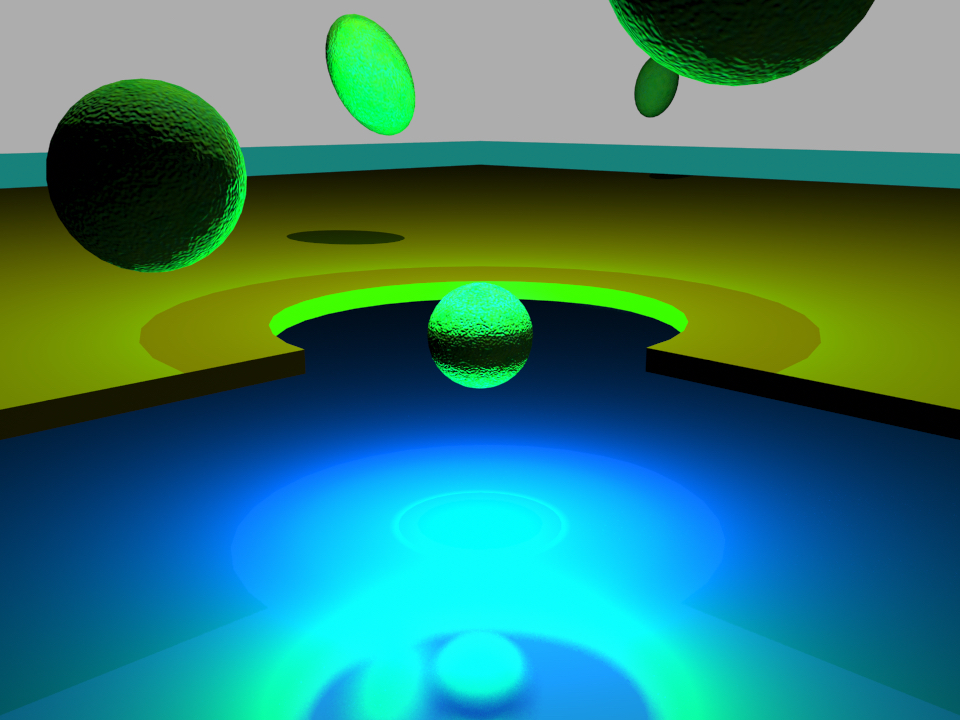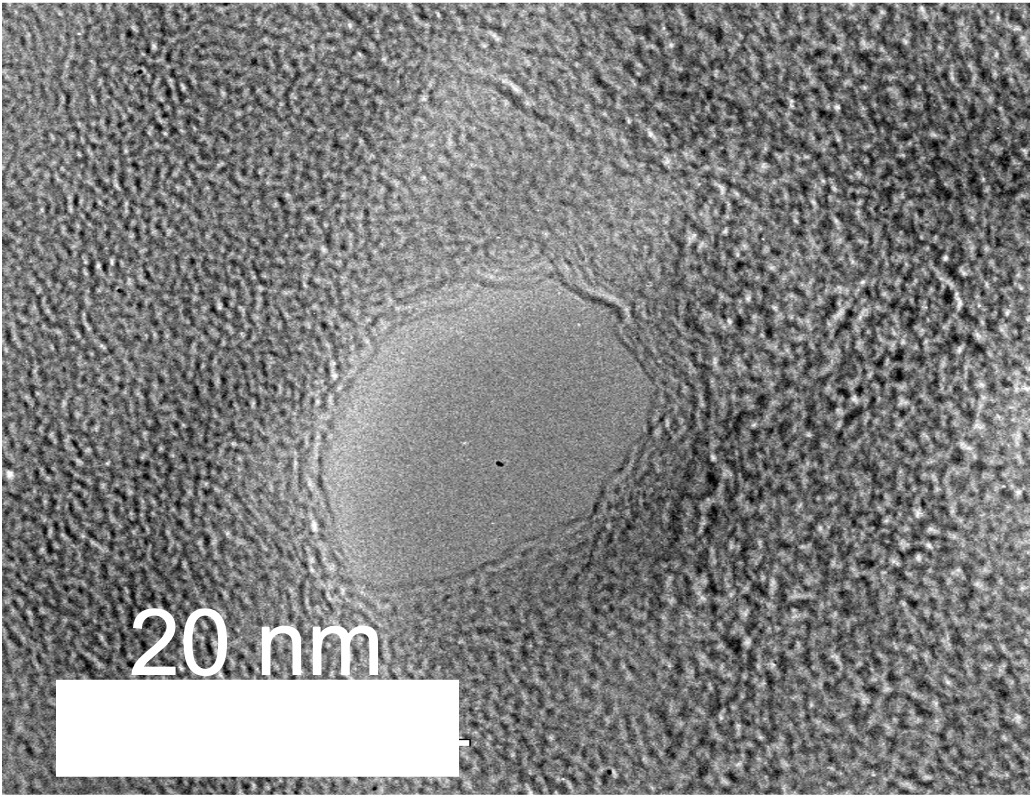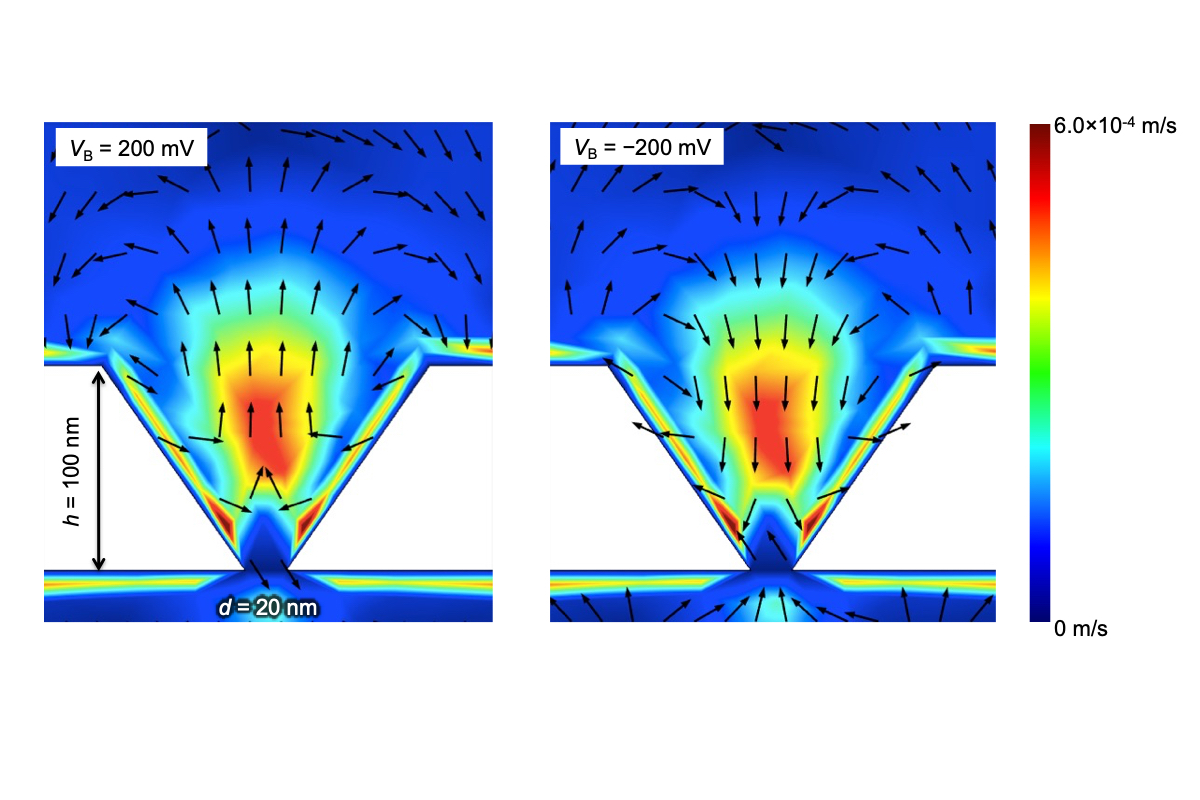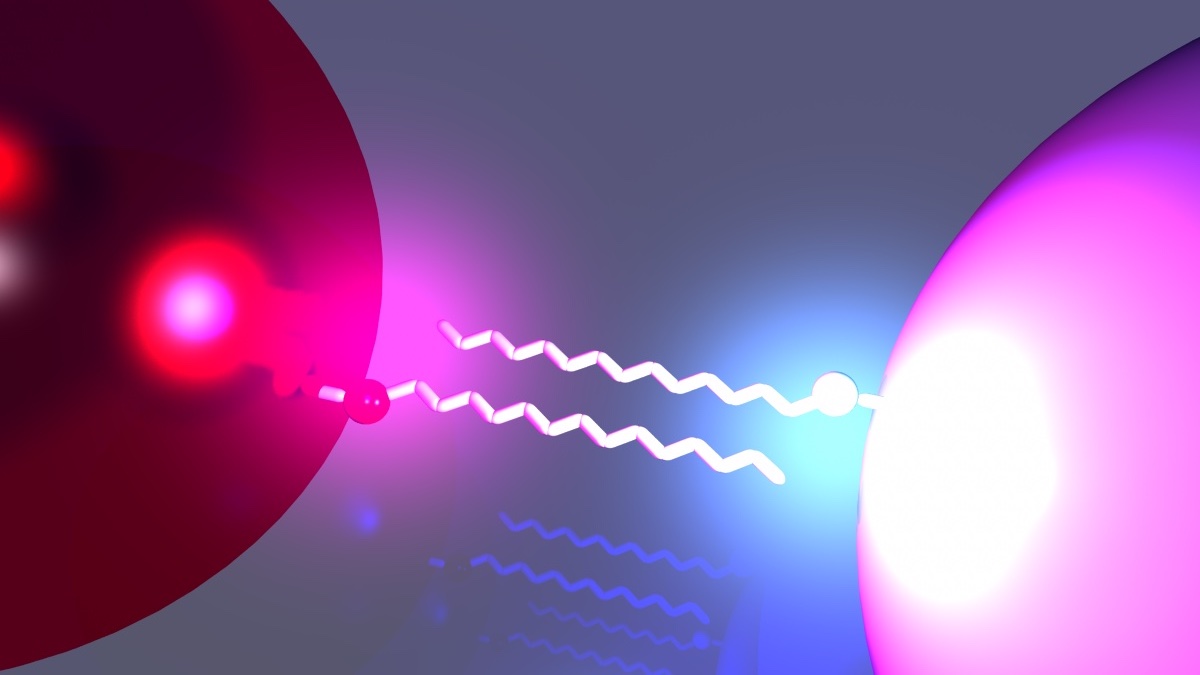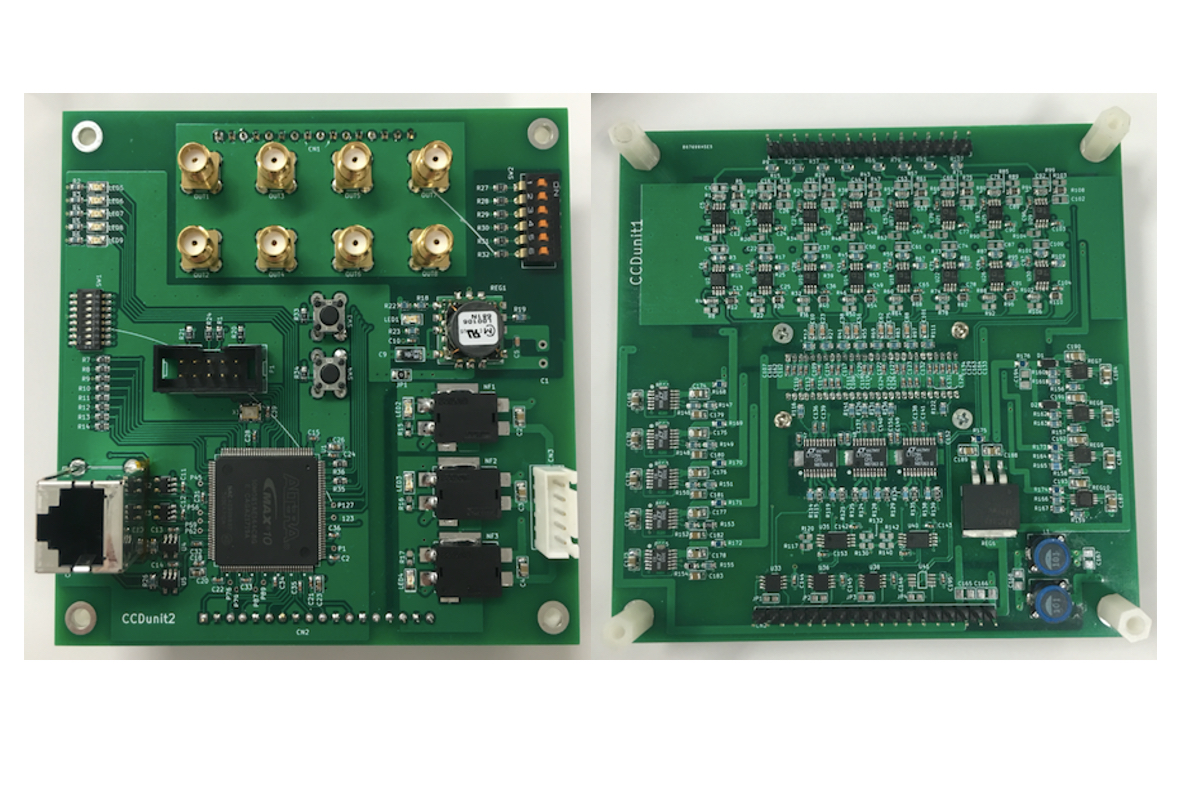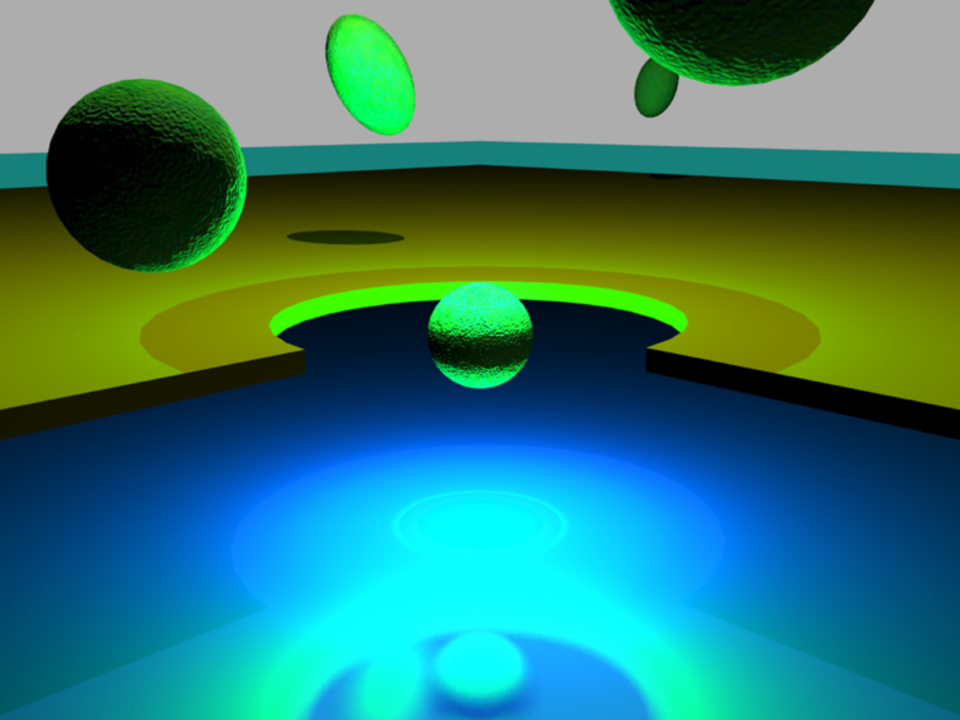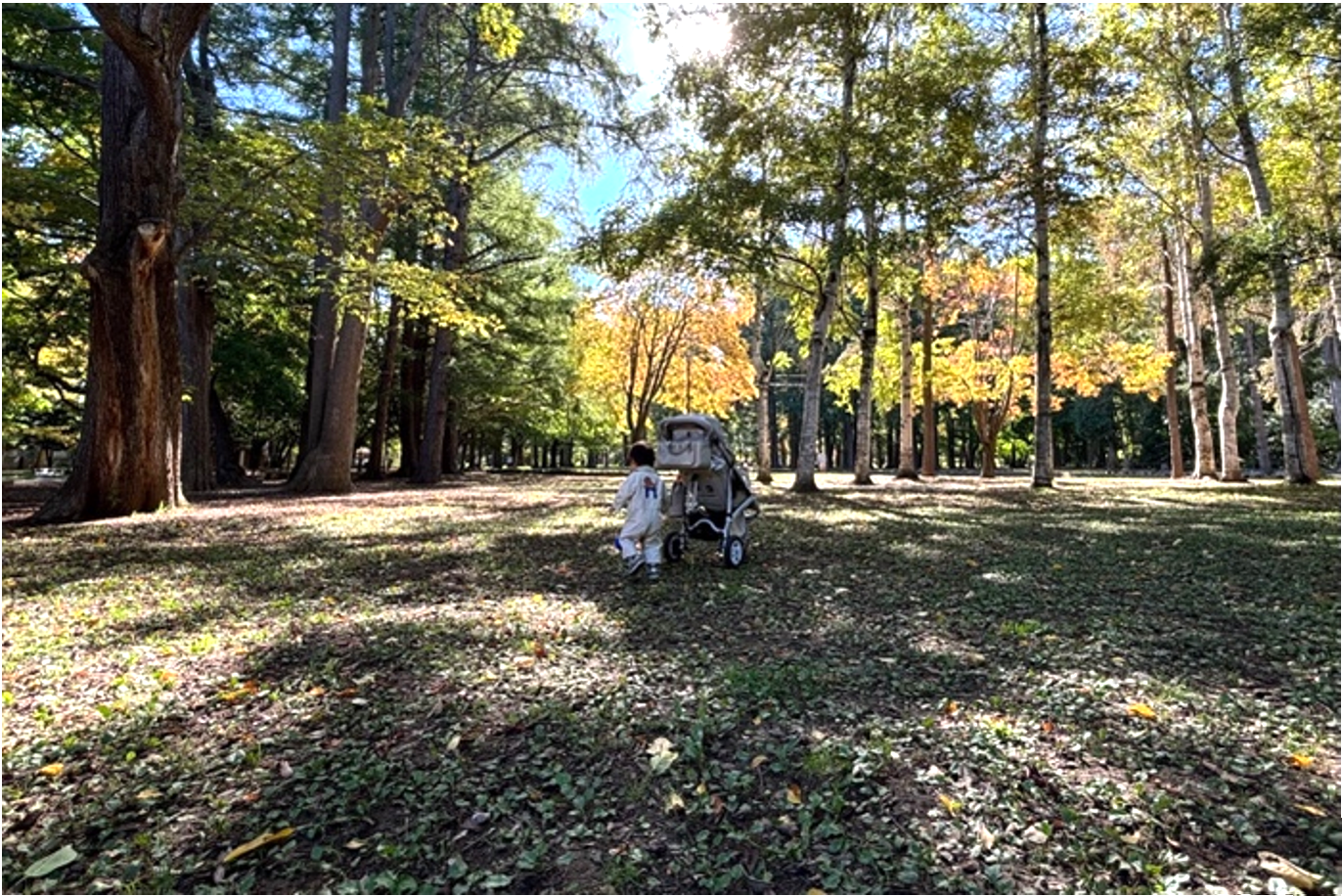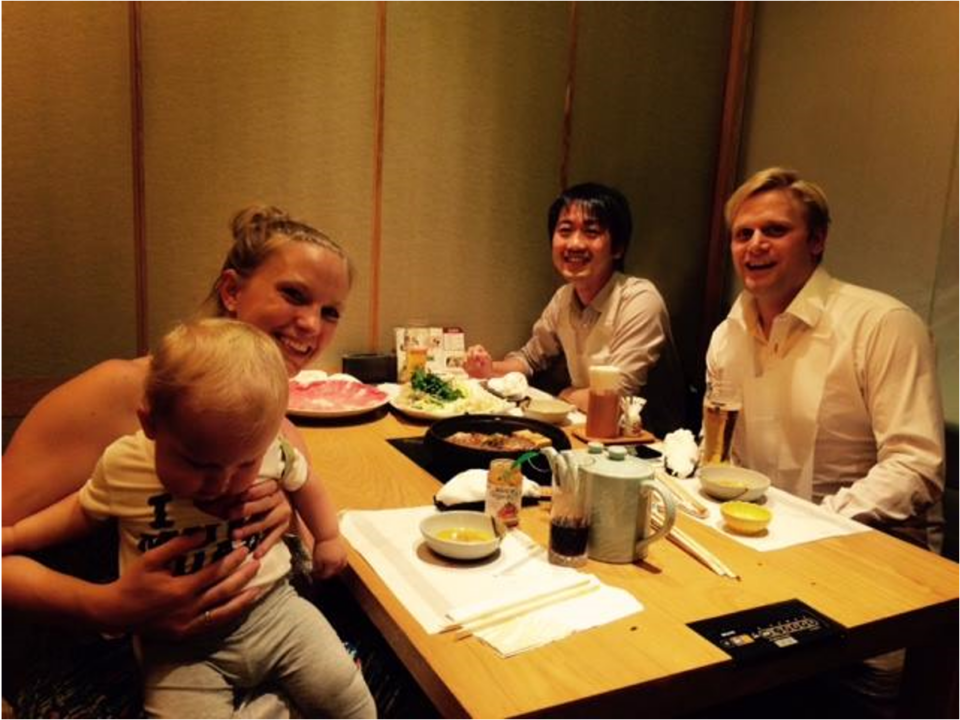RYUZAKI Sou
Associate Professor
Single particle/molecule analysis by Plasmonics
Department of Chemistry, Inorganic and Analytical Chemistry
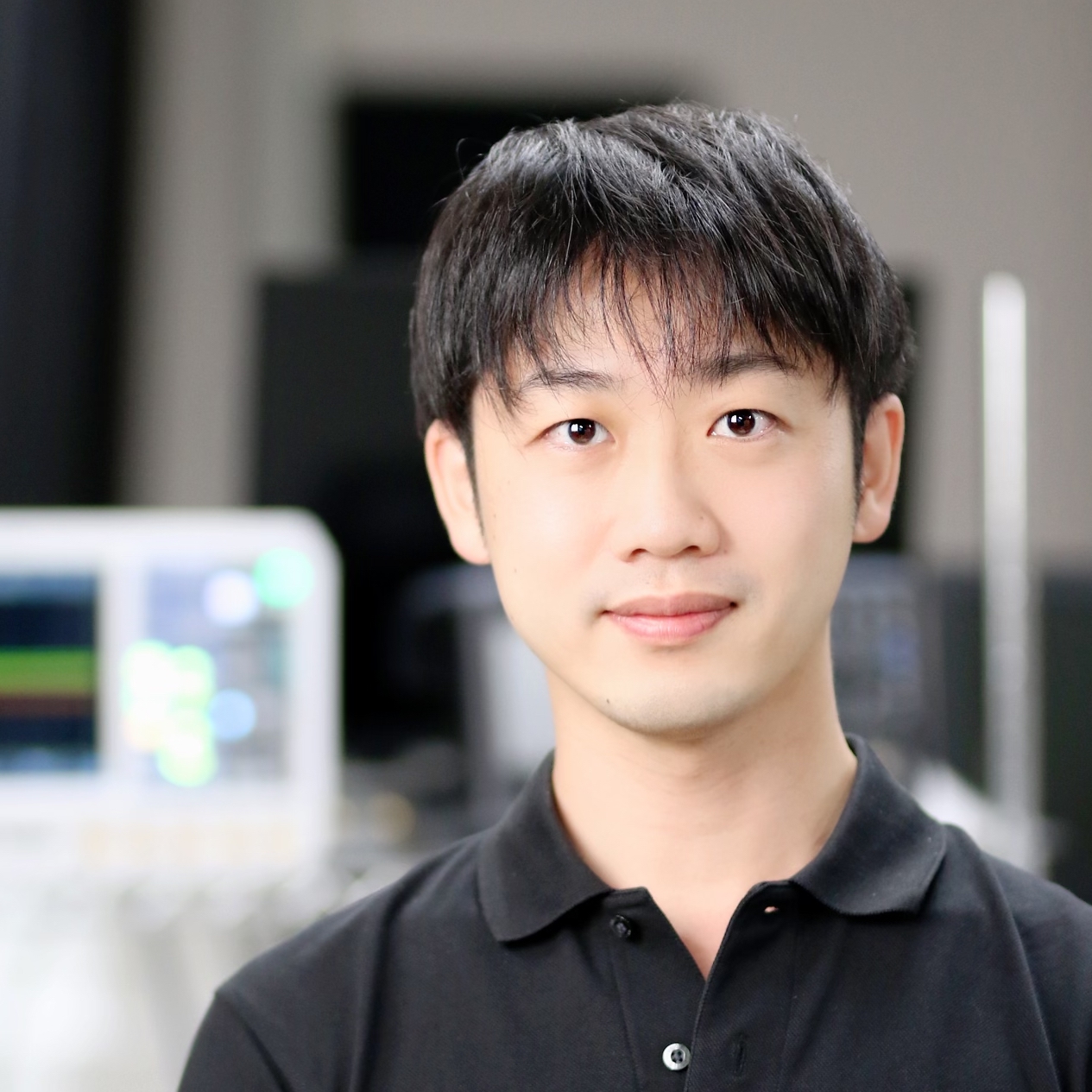
| Theme | Understanding and applications of nanophotonics for analytical chemistry |
| Field | Analytical chemistry, Surface/interfacial Physics, Optical physics, Machine learning |
| Keyword | Plasmonics, Nanobiodevices, Organic devices, 2D materials, Single particle/molecule analysis, First principle calculation |
Introduction of Research
To understand nanophotonics generated around nanostrcutres and to apply nanophotonics to novel analytical technologies and biosensors. Specifically, we work on the plasmonic enhancement field obtained by the resonance of light with free electrons in nanostructures. Understandings the plasmonic properties of various materials such as metals and graphene from the viewpoint of electronic and optical properties enable us to control them, and finally to analyze single molecules and/or single nanoparticles by using the plasmonic enhancement field. For example, we are recently interested in plasmonic nanopore devices for DNA, RNA, and bio-nanoparticles.
Representative Achievements
N. Saito, S. Ryuzaki*, Y. Tsuji, Y. Noguchi, P. Wang, D. Tanaka, Y. Arima, K. Okamoto, K. Yoshizawa, and K. Tamada,
Commun. Mater. 2, 54 (2021).
S. Ryuzaki*, T. Yasui, M. Tsutsui, K. Yokota, Y. Komoto, P. Paisrisarn, N. Kaji, D. Ito, K. Tamada, T. Ochiya, M. Taniguchi, Y. Baba, and T. Kawai,
Anal. Chem. 93, 7037 (2021). (Cover Art).
M. Tsutsui, S. Ryuzaki, K. Yokota, H. Yuhui, T. Washio, K. Tamada, and T. Kawai,
Commun. Mater. 2, 29 (2021). (Co-first author, Cover Art).
S. Ryuzaki, M. Tsutsui, Y. He, K. Yokota, A. Arima, T. Morikawa, M. Taniguchi, and T. Kawai,
Nanotechnology 28, 155501 (2017).
S. Ryuzaki and J. Onoe,
J. Phys. D: Appl. Phys., 44, 265102 (2011).
Related industries
| Academic degree | Ph.D. |
| Academic background | 2005 B.A., Department of Physics, Tokyo University of Science 2010 M.S., Department of Nuclear Engineering, Tokyo Institute of Technology 2010 Ph.D., Department of Nuclear Engineering, Tokyo Institute of Technology 2010 Postdoc., Nano-Science Center, University of Copenhagen 2012 Assistant Professor, The Institute of Scientific and Industrial Research, Osaka University 2014 Assistant Professor, Institute for Materials Chemistry and Engineering, Kyushu University 2022 Associate Professor, Department of Chemistry Hokkaido University |
| Affiliated academic society | The Japan Society of Applied Physics, The Japan Society for Analytical Chemistry, The Society of Nano Science and Tchnology, Japan MRS, American Chemical Society |
| Project | JST CREST |
| Room address | Science Building 6, 7-02. |

